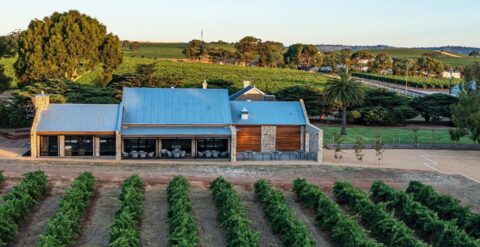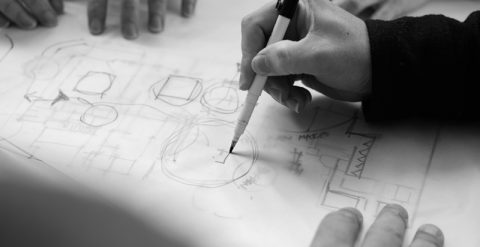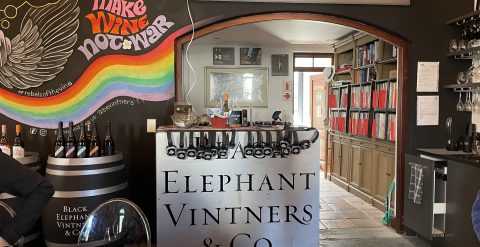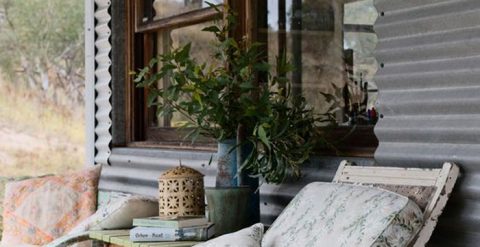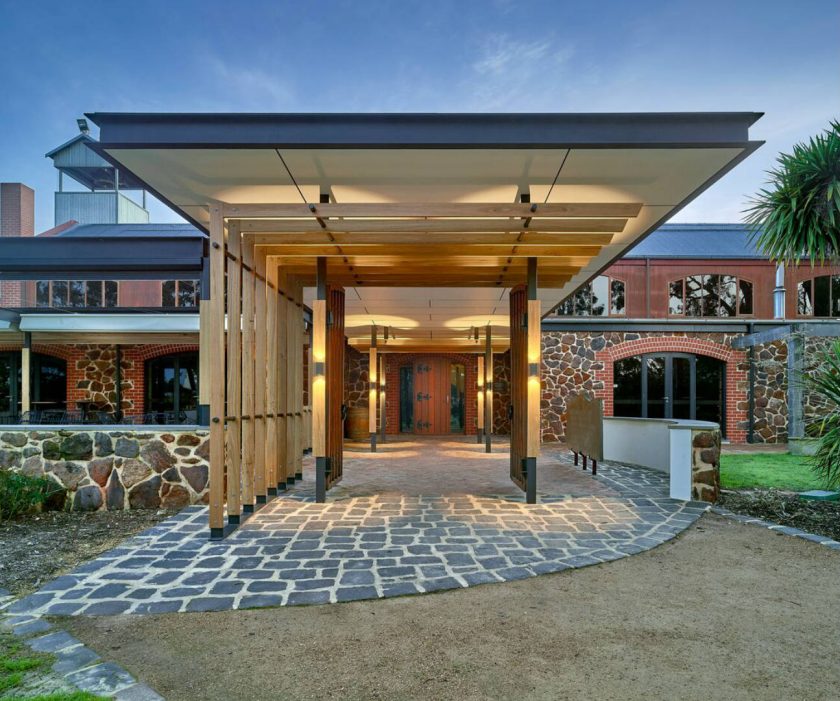
5Es: Entrance
You are reading the Entrance chapter of our 5 Es of Visitor Experience article series. Click here to start from chapter 1.
ENTRANCE
Entry is about more than the door – can you find the place, a carpark and your way to the door? Is it welcoming and clearly open? What is the first impression as you walk in the door? Does it match the marketing promises at first impression?
Our research shows that for wineries as an example, about half the visitors to a cellar door are there for the first time.
Consider your visitor’s experience of
- Street entrance and front gate – is it clearly open and welcoming, easy to find and identifiable as the correct entrance for visitors?
- Car park – Parking is a huge issue for physical places. Doncaster shopping centre in Melbourne is rumoured to have underestimated the amount of car parks needed by a massive 2,000 spaces. As such, customers need to be willing to hunt for a spot, and that is a barrier to entry that certainly puts people off.
- Front door – A front door is often the first thing people encounter when entering your business. While there are many ways to create ‘kerb appeal’, an unmissable statement and that all important great first impression, your front door is a good place to start. We’ve put seven door ideas that draw you in with their charm and good looks in our Front Doors article.
- Window dressing – if you have a front window, consider carefully what you put into it. Studies have shown a direct link between the minimalism of shop windows, and the perceived value of the products sold within.
- Inside the front door – 90% of your visitors will turn slightly to the right as they enter. Draw them in further with something special on their right.
- Signage – Good signage is important but take heed – good, well branded signage is great, but it is like watching a movie with subtitles – you will probably get it if you pay attention, but it’s much harder to appreciate.
- The other senses – Smell is a powerful sense, which Darrell Lea used to use to their advantage. Their stores put a little bit of liquorice oil in the air conditioners at the entrance, which then boosts the odds of a customer buying a bag of their famous liquorice.
- Greeting – The Apple store ensures that you are personally greeted the moment you step inside, where one of their team (in a bright t-shirt) will direct you to the relevant area.
- Atmosphere – JB Hifi has stock everywhere, with discounted highlighted by handwritten plastic banners. The fluorescent lights or warehouse style layout are not for cost purposes. That’s all to create an atmosphere: “This place is cheap, I am getting a bargain”. Think about the atmosphere you are creating, and how it makes your visitors feel.
- Temperature plays a role in decision making – in late winter/early spring, some indoor shopping centres will raise the heating to nudge customers towards the new summer stock. Supermarkets are cold to make you buy more too. They are slightly uncomfortable so you are less likely to stand around contemplating the purchase.
- Music can make or break the vibe of a room. Have you ever been in a clothing store when the music cuts out? It’s a weird feeling, the place instantly feels soulless. An obnoxious song will turn people away, as will music that is too loud. Some bars use slower paced music to create a laidback atmosphere for conversation, whereas packed restaurants use faster, louder songs, which make people eat quicker. When you’re choosing a restaurant on a main street, music will heavily sway your decision making. Read more about music and sound in this article by Mood Media.
- Visual merchandising – Fashion retailers use a wide variety of approaches for visual merchandising. The fabric and craftsmanship don’t change for the product, but it will have a completely different perceived value. As an example, the anticipated price of a shirt changes drastically and subconsciously depending on if it is
- folded on a table
- worn on a mannequin
- worn by a staff member
- Hung on a sparse rack
- Hung on an overly full rack
- Scrunched in a pile with a bunch of other clothes
Continue to the next chapter of our 5 Es of Visitor Experience article series.
Click here to start from the beginning, or jump to Entice, Enter, Engage, Exit, and Extend, and Mapping the Journey.


